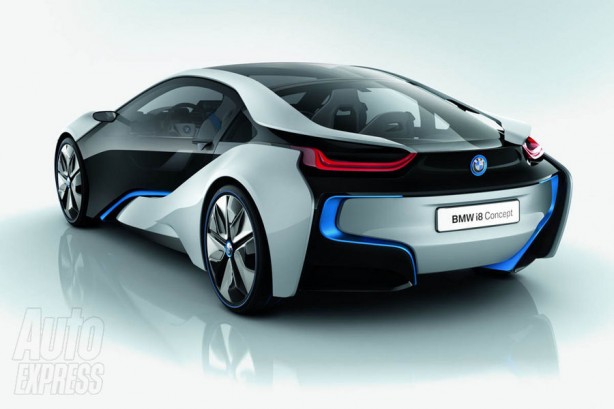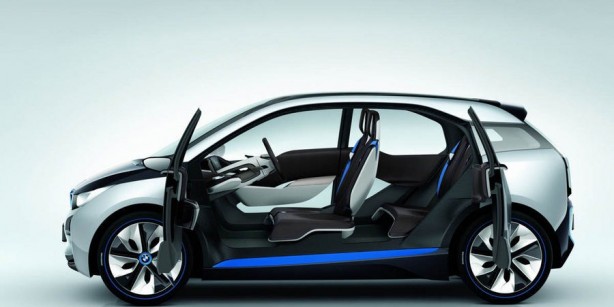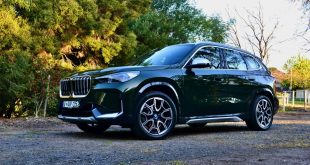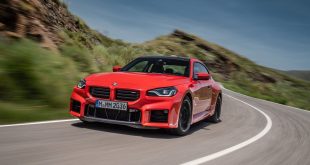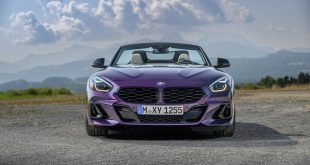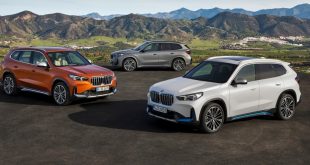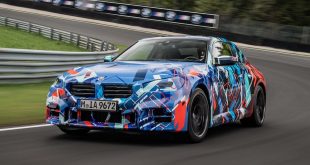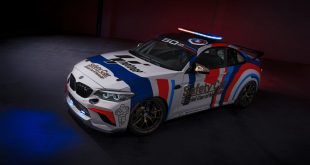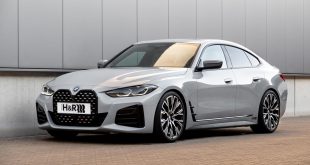Green is getting sexier. Judging by these official pictures of BMW’s new eco-friendly ‘i’ sub-brand, electric and hybrid cars can be had in sexy sheet metal, yet still fly the eco-warrior flag.
Unveiled here is the i3 all electric hatchback and the i8 hybrid supercar. Both models are built using BMW’s LifeDrive construction method. Life – a passenger compartment made for carbon-fibre reinforced plastic – a material as strong as steel but is 50% lighter. Drive – the section which comprises the battery, suspension and crash structures, and is constructed of aluminium.
With LifeDrive, BMW claims to have solved the bug bear of hybrid and electric drive-trains – its heavy battery packs, by cancelling out the weight penalty with lightweight materials. The i3, which is taller and wider than a Volkswagen Gold, although around 30cm shorter, weighs just 1250kg – arond 50kg less than the lightest Golf.
It is propelled by a 168bhp (125kW) electric motor mounted above the rear axle and drives the rear wheels. The i3 sprints from 0 – 100km/h in 7.9 seconds and top speed is electronically limited to 150km/h.
Power is drawn from a lithium-ion battery mounted underneath the floor which is fitted with an integrated liquid cooling system to keep the battery at the optimal temperature. In winter, the battery can also be heated by the same method. A full recharge takes 6 hours from a standard socket, while a quick charge which fills the battery to 80% takes just one hour.
The car’s range is claimed to be around 129 – 161km under normal day to day driving. For those who require to cover longer distances, BMW also offers an optional range-extending engine called the Rex, that will be mounted alongside the electric motor.
This is different in the i8 supercar. Its engine is actually used to drive the rear-wheels. It is hardly the sort of engine you expect to find in a supercar though – a 1.5-litre 3-cylinder turbocharged engine producing 217bhp. It works together with the same electric motor from the i3 to power the rear wheels, with a combined power output of 345bhp (257kW).
This is enough for the i8 to accelerate from 0-100km/h in just 4.6 seconds and on to an electronically limited top end of 250km/h. Like all hybrids, the i8 can run in ‘stealth’ mode of electric power only for up to 32km. Official fuel consumption is rated at 2.7l/100km and CO2 emissions are just 66g/km.
Like all ‘green’ cars, the marketing department decree the use of blue as the ‘eco’ colour, as evidence in the BMW badge encircled by a blue ring. The kidney grilles have a matching blue background. The brand’s signature ‘angle eye’ headlight rings have also been ditched and replaced by U-shaped LEDs.
Although the i3 and i8 are still officially concept cars, but they are in essence what you will be driving come 2013 when they hit the roads.
Pictures: AutoExpress
 ForceGT.com Car News, Car Reviews, Video Reviews, Tuning and much more.
ForceGT.com Car News, Car Reviews, Video Reviews, Tuning and much more. 